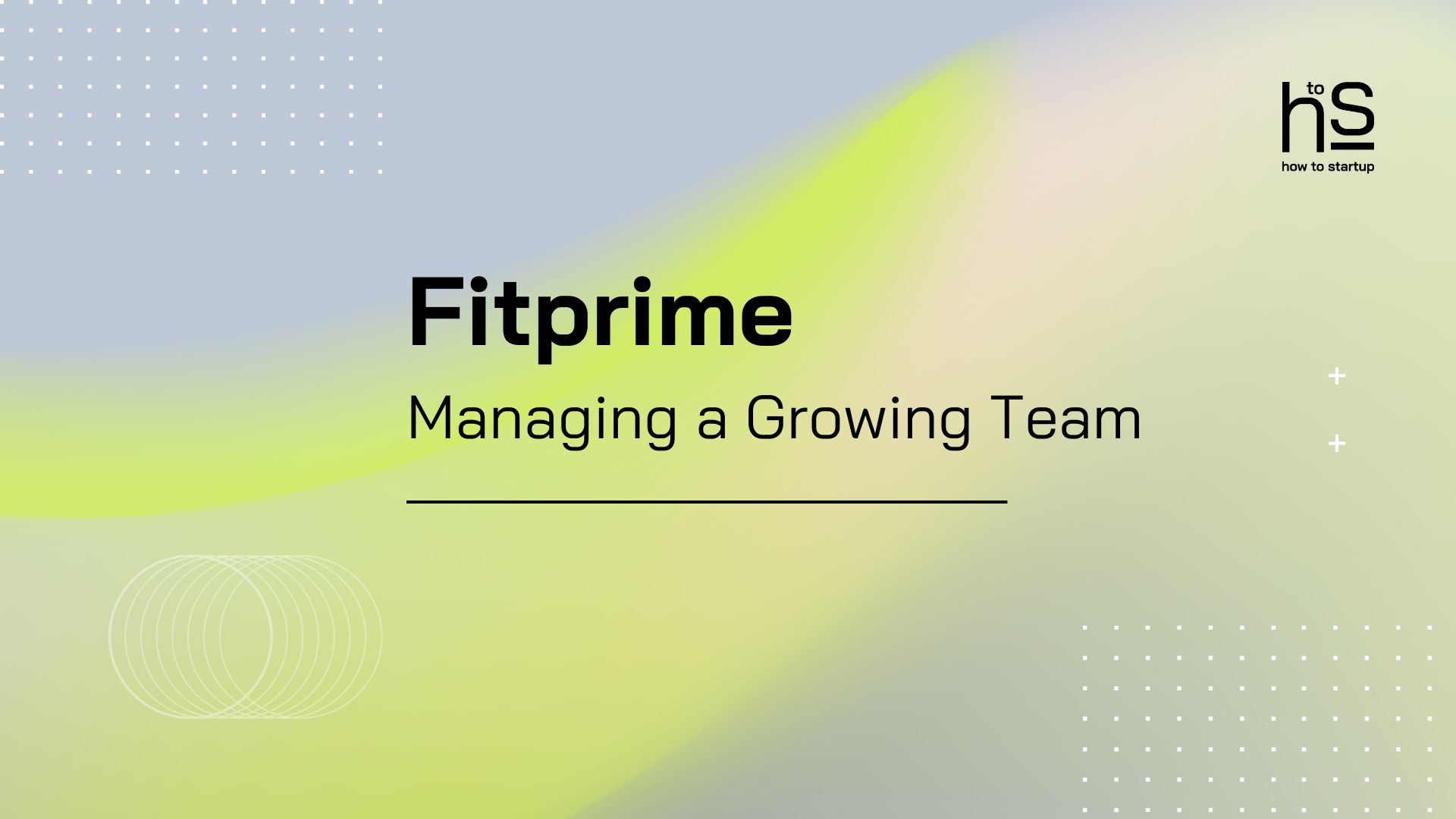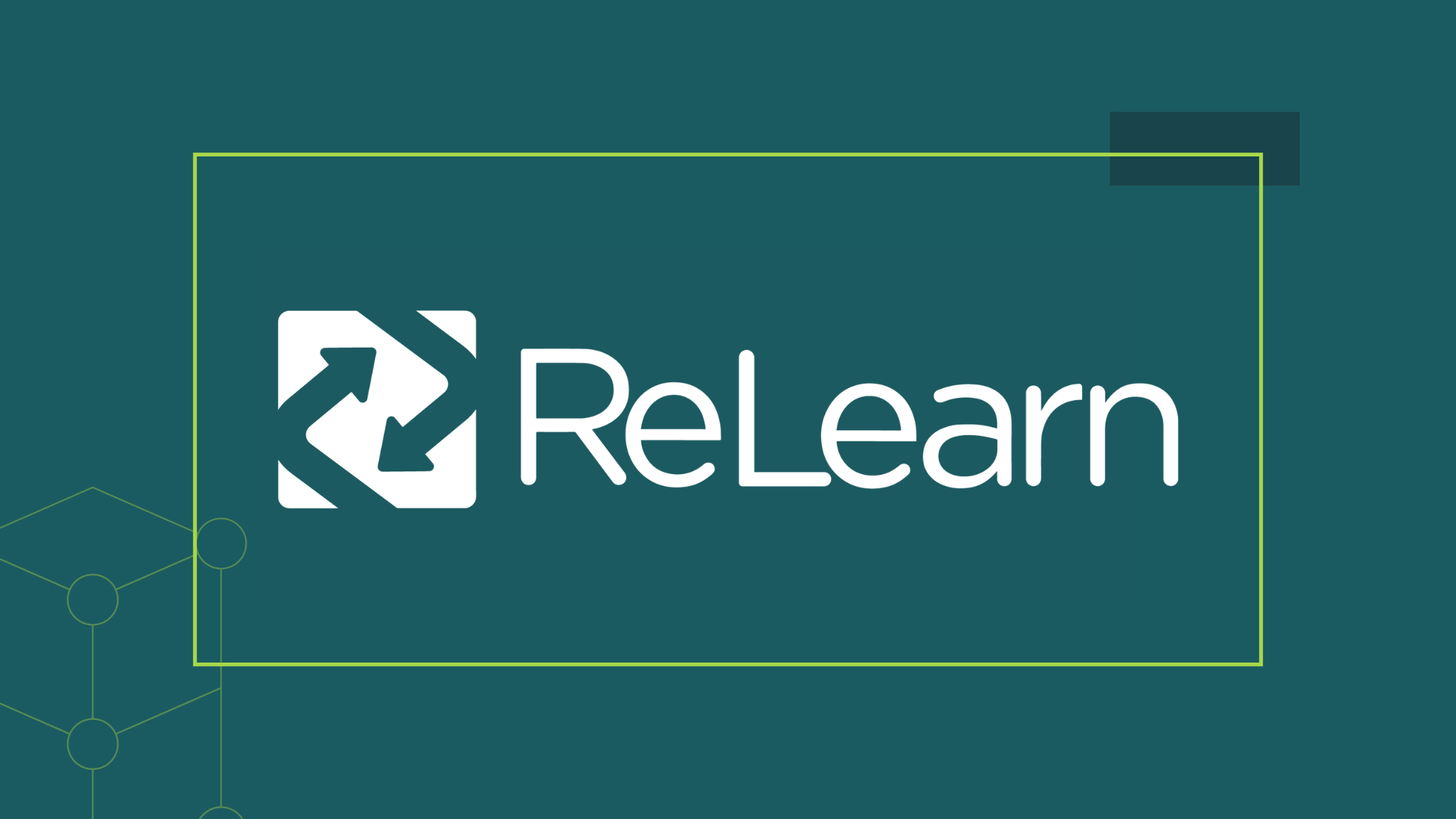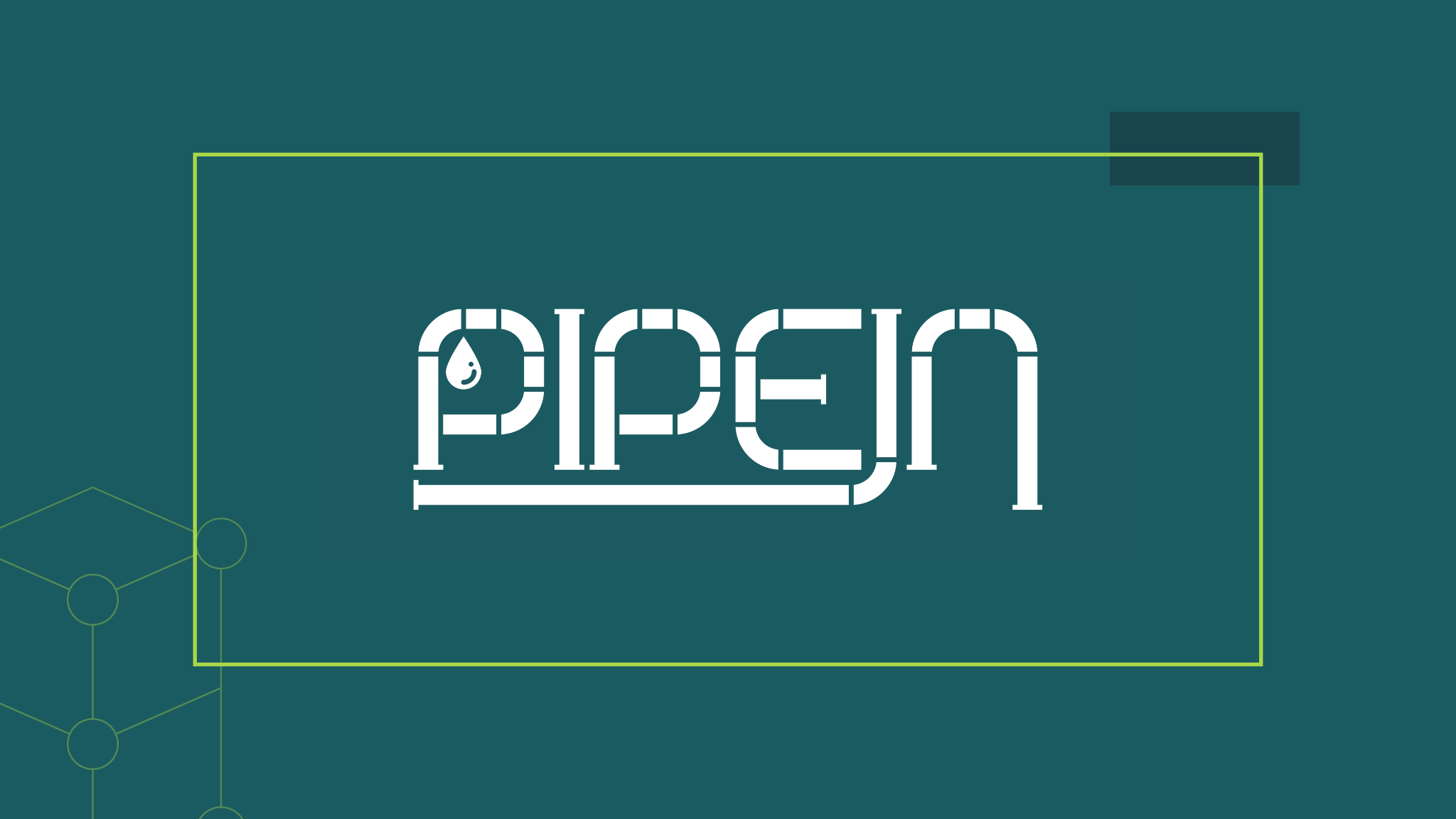The core element in the success of any entrepreneurial venture is the team. When we talk about startups, businesses that by their very nature pursue exponential growth, the dynamics of expanding the team play a key role, both on the side of finding professionals with the right technical and vertical skills and on the ability of the founders to delegate, create the right culture, generate trust, and bring out the best.
In the early stages of a startup, the founders make the decisions, often taking charge of all the execution, with all the high emotional and physical commitment related. Once you can broaden the team, it is necessary to know how to choose which professional figures to hire and with which contract terms, which roles to strengthen, which tasks to delegate and, above all, how to effectively transfer the company’s vision and mission.
An intricate path characterised by “learning by doing.” This is the case of Fitprime, a leading startup in the Italian wellbeing market, which year after year has achieved constant growth across the board, doubling turnover and expanding the team to 70 employees. How do you guide this process of enlarging the corporate structure? By holding firm to the goals and founding values, as Matteo Musa, CEO and Co-founder of Fitprime, can confirm.
An intricate path characterised by “learning by doing.” This is the case of Fitprime, a leading startup in the Italian well-being market, which year after year has achieved steady growth, doubling revenues and expanding the team to 70 employees. How do you lead this process of enlarging the corporate structure? By sticking to the goals and founding values, as Matteo Musa, CEO and Co-founder of Fitprime, can confirm.
1.How did you choose the first people to hire, what were the roles and soft skills you identified in the people you hired right after the core of founders?
We began with 4 people, covering all the initial needs: Gianluca Mozzillo, now CTO, took care of all the tech part, Damiano Rossi took care of the onboarding of the sports centers, Laura Carpintieri took care of the design and marketing part, and I took care of all the management part. When we decided to expand the team, the first choices followed a twofold strategy:
In roles where hard skills are critical and internally we did not have them. We opted to choose great profiles with a consulting background (we couldn’t consider a hire). This was the case with Matteo Aliotta (Head of Growth LTV, ed.) in the field of digital marketing. It was wrong for us to rely on an internally hired figure, because we would have had to settle for people with average professional experience, not adequate for our growth and performance needs. This consulting relationship allowed us to work with a professional who laid the foundation for future development. The consultant must have the right attitude for working in a startup. You also need special soft skills such as adaptability, willingness to put yourself out there, and operability. It is important to convey to the consultant that, working with a startup, means “getting your hands dirty.” This attitude should always be sought. This practice, choosing high-profile external consultants for the first key technical figures, was a choice we made even against very dissenting opinions.
In roles where our expertise was strong, we looked at soft skills. We hired our first full-time people in the customer service area and for social management. Here, in the first instance, we looked for people who had almost zero experience but had flexibility, adaptability and a lot of desire to get involved and learn. These skills are important because they allow the person to be able to manage stress, typical of the startup environment. In addition, we tried to attract people who wanted to actively participate in building a business venture, and who saw Fitprime as that opportunity. To this day, I keep looking for these attitudes, people who feel like entrepreneurs themselves, for the higher levels of seniority as well. Managing people is an extremely important activity, and often when you first get into startups you think you know how to do everything. Making sure people are coordinated, however, is another story. The sooner the founders have this clear in mind and work to improve in this area, the greater the benefits for the company in the long run.
2.The Fitprime team has doubled in size annually. How have you managed this growth and ongoing change?
With company volumes doubling annually, I have seen the importance of sharing these growth forecasts at the hiring stage, to enable people to be ready for change.
We generally give the person’s hiring a mutual “run-in” phase, through outside consulting or lean contracts, to focus well on the level of expertise needed by the company at that time.
I have experimented with different types of contractual arrangements, because hiring means impacting people’s lives.
💡The CEO’s advice: if your company multiplies the volume of business constantly when hiring new people it is better to set them up in such a way that they can have a chance for professional growth. If this growth can follow that of the company, when milestones are reached, it will be easier to ease the resource’s career advancement. If not, new resources with the appropriate skills can be brought in without harming the team.
3.How do you maintain direct communication as the team grows and what ways do you apply to make everyone feel a part of what is happening?
In the beginning up to 30/35 employees was extremely easy, as I tried to invest my time in talking and sharing with everyone about daily activities. The office, which was only one at the time, also facilitated this relationship. We would just have two events a year of general alignment: one at the close of the first half of the year, where we would share the year’s progress, and one at the close of the second half, at Christmas time, for the year’s closing.
Around 50 employees, the first needs for structuring internal communication began to arise.
I realized that within the company, not everyone was up-to-date because the direct line to everyone was lost. So we started doing quarterly alignments: the first online, the second live (a full-day alignment), the third online, and the fourth again a full day together in presence.
From 50 to 70 employees, we needed to include an HR manager, who invests much of their time in internal communication, implementing the activities and processes for quarterly live meetings:
– An informational email before the meeting to give people a way to prepare questions if they have them; – A standardized format for presenting the quarter’s results, starting with general numbers and ending with an analysis of the company’s turnover; – A recap presentation, post-event, via email, managed by the HR Manager.
Monthly there is a newsletter, managed by the HR manager and linked to a company Slack channel. Here we convey company news, based on information received from forms filled out by each team leader, about the most important events of the month within their teams and in that area of the company.
We also created a format called “Ask Me Anything” to ask the CEO anything anonymously every quarter. Each question is posed to me by the HR manager, during a call of about an hour to answer each request, which can come from people at every level of the company.
This is at the corporate level.
On a personal level, I have had to change so much in the way I engage with the team. So far, my main role is to continuously convey the company’s direction, numbers, vision and products to the management team with the goal that the managers can subsequentially share internally with their team.
If I realize that someone who is a second line is not aligned on something, I take it upon myself to bring them back to the first line. I pay attention to these dynamics because I know that from the management team, everything that happens to the company has to go through internally.
4.OKRs (Objectives and Key Results) are a popular framework for setting business goals and monitoring their progress. In Fitprime, how are they defined and implemented?
The management team has been using OKRs for a year, and to date, 60% of the company is following them. We started with the management team and are spreading it as we go. Every quarter end I spend a full day with each team leader discussing their progress and deciding on their OKRs for the next three months. The goals subsequently are uploaded within a tool so that the entire management team can constantly see their progress.
For the management of the OKRs, there is an internal manager, the executive manager, who helps me delegate and meets with each front line in biweekly meetings, the outcomes of which are reported to me in one meeting.
5.When expanding the team, how do you create the context for delegating tasks? The delegation issue could be discussed for hours (laughs), because when you delegate too much, companies fail, and when you don’t delegate, companies fail equally. So, in my opinion, you have to find the right balance, which is certainly not easy. During these months of sudden growth, I introduced into the company the figure of the executive manager, who started as a project manager, to allow me to stop getting into micro-management. To her, I delegate those things that to this day in the company are established, have become a practice and need constant monitoring on KPIs such as the contracting of sports centres.
Whereas in strategic areas i.e. Marketing and Sales, for today’s company stage, I enter into any task, even micro, because I’m sure that those departments will be the growth driver for Fitprim. So I want to be in from the beginning, giving insights. In such circumstances, the executive manager supports me in pulling the strings and executing internal projects, because I couldn’t follow them in the right way.
So for super-established activities, I delegate, almost 100%. For non-established and strategic aspects I also go into the micro-task. I feel like I give this as advice all the time.
I am a firm believer, that certain aspects make a difference in the commercial process. I, as a company, could hire even the best commercial director in the world, but they need a learning curve of a certain kind to get into the peculiar dynamics of the company. Therefore, if an aspect is truly strategic, I, as a startup CEO, am the first to “get my hands dirty” conducting sales calls even with 10-employee companies. This is because, if to date my focus is conducting inside sales activities and closing on the phone with small companies, such a process I also want to do to better understand their dynamics.
6.Micro-tasking is a key issue. If you were to tell me about your week, is your organization still very much inside the Fitprime product?
Today, more than about the Fitprime product, my week is about business processes. At the product level, I don’t enter on anything or almost anything anymore, except for new product launches, because on the ones we have, I trust the team so much.
On the business side, I get into almost everything. 50 to 60 per cent of the total time is devoted to the business aspect of Fitprime. It is not the commercial development of direct business, but especially sales strategy. I also close deals, but either very large strategic deals or deals, to date, extremely small deals, because that’s where I need to understand how the business runs because that’s where we want to scale. So I more than gladly do a call with the 60/70-employee company than the 1,000-employee company right now. Then of course the ones with 10,000 employees, I want to do all of them, together with the sales manager.
7.What do you think of the hybrid or full remote work mode? Do you think it is hindering or favourable for growing the entrepreneurial project?
We work 3 days in presence and 2 days in smart and we give complete availability in the choice of days to people, through a tool: BeValue, a small startup. I am quite peremptory about the 3 days a week in presence: I ask my HR for monthly reports, to see the real presence in the company because I believe that vis-a-vis sharing helps so much and it is also an issue of responsibility, towards the company and one’s colleagues. I believe in remote working because it helps people have a greater work-life balance. I don’t believe in full-remote, because I believe that sharing in presence has more value.
The company’s responsibility is to make the workplace a pleasant place by building the office to measure. The person must enjoy being in the office, otherwise from home one is more productive.
In the full-remote mode, we hire only developers. However, we have 11 developers and only 2 of them are in full-remote.
8.Well-being is your core business. How do you bring it to life in the company?
We extend our benefits in an open way to all employees: they are followed every month by a nutrition biologist, with a dedicated diet and video consultation, with free access to the network of sports centres and online training, and free psychological support, which is being implemented.
Then we set up access to healthy food in the office for those who want, to be ordered via app, to have lunch ready. For this service, we chose the Roman startup MioMeel.
True well-being comes through the environment we try to build in the company. At Fitprime there is no accenting chain, but the transparency of numbers, and ongoing sharing. We are not fiscal about in and out times, but we work on results. This is why we have a very low turnover rate in the company because we are creating a positive environment.
For us, the culture of error is very much felt. I always say, if one time you make a mistake nothing happens, two times nothing happens, on the third time we talk about it. This approach in my opinion creates real well-being in the company.
So well-being comes through the ability to create a positive corporate culture that fosters sharing, a culture of error and other aspects of management that companies need to invest so much in. We to date invest in courses for the management team, and gentle leadership. We are very focused on these aspects.

















